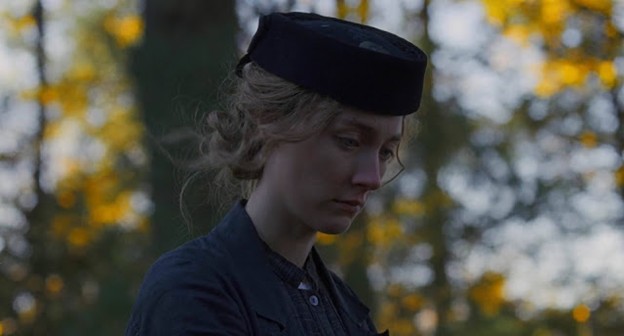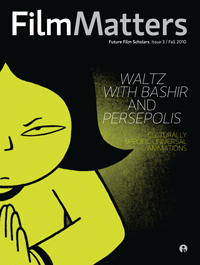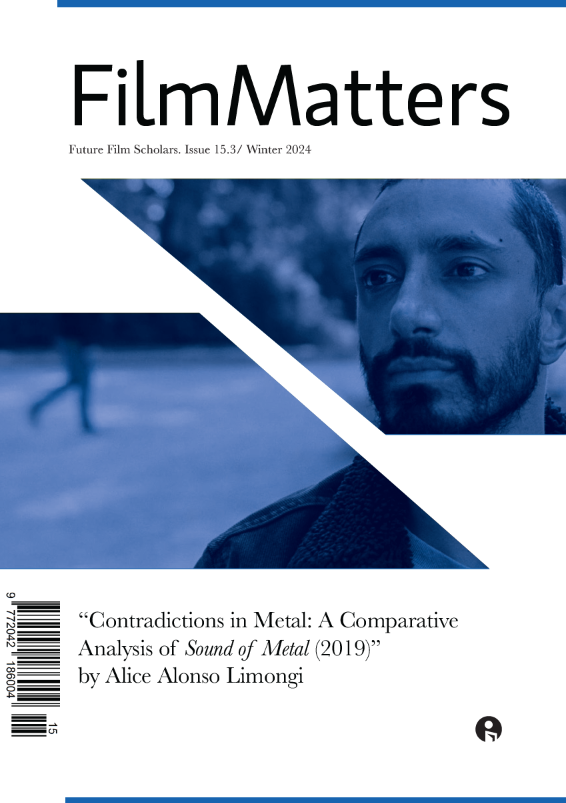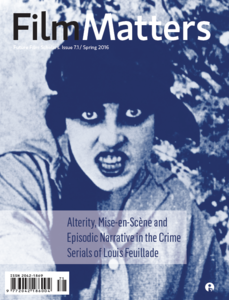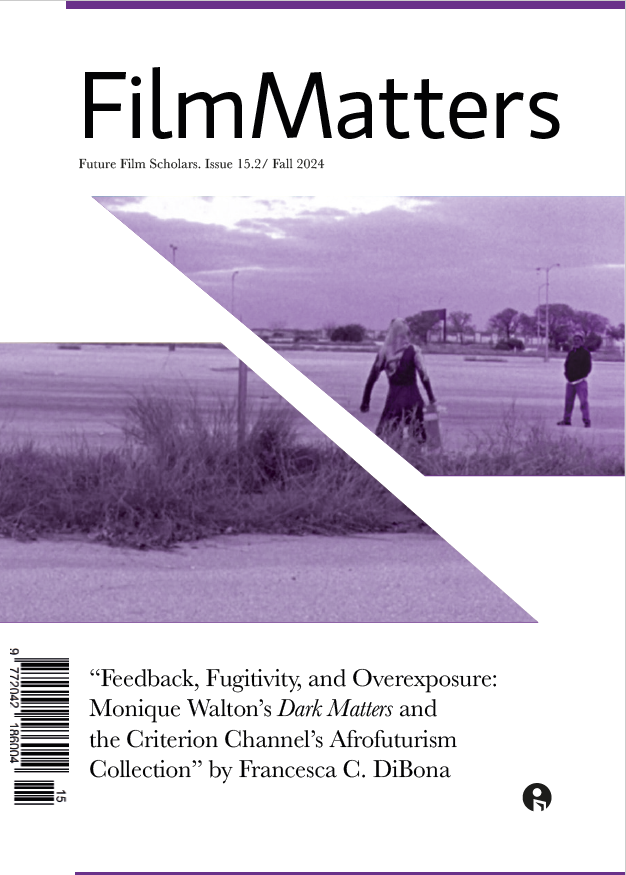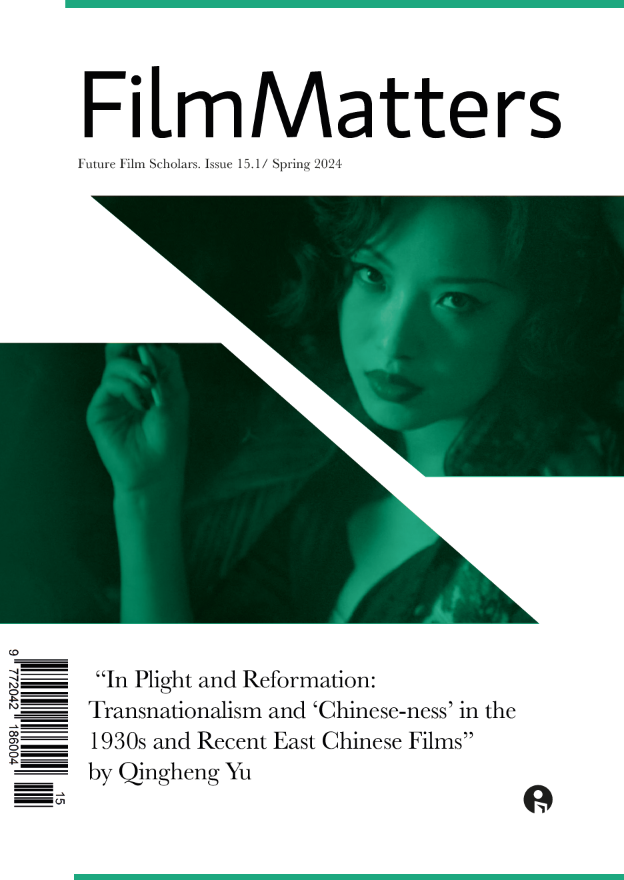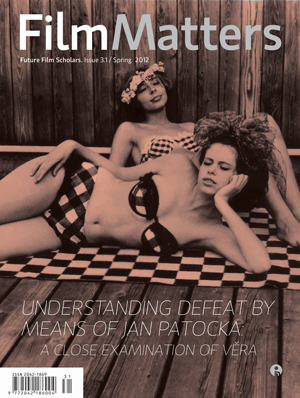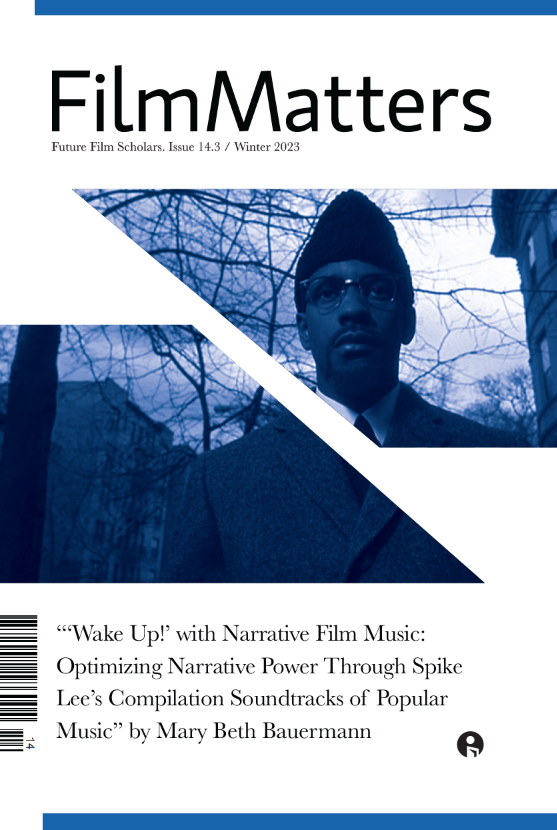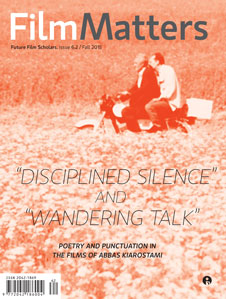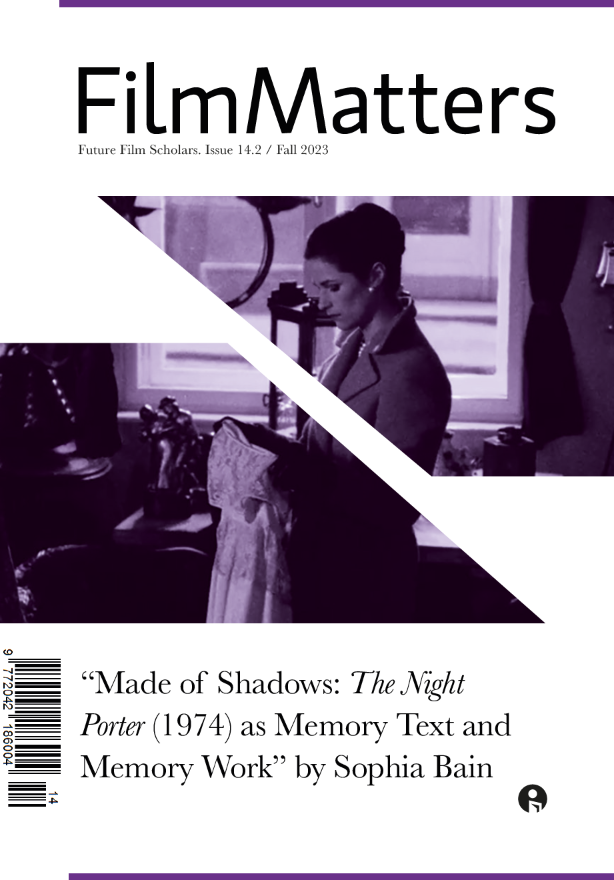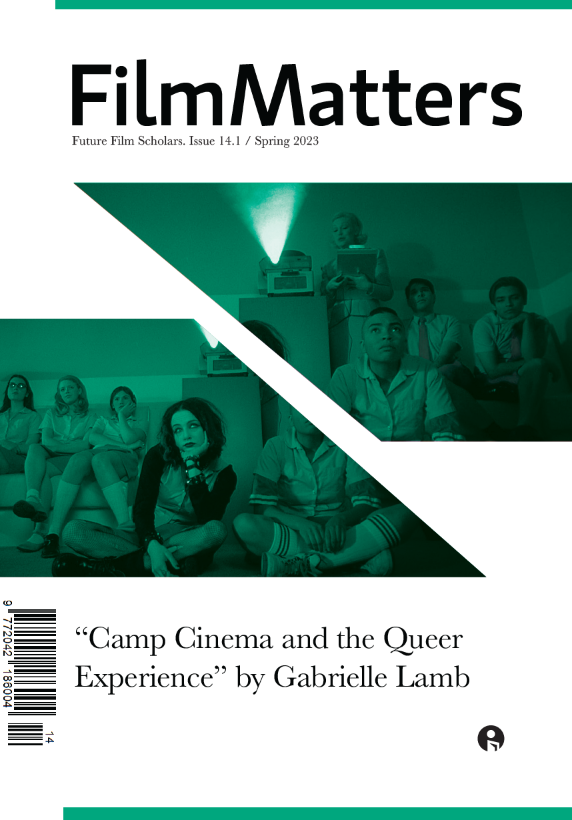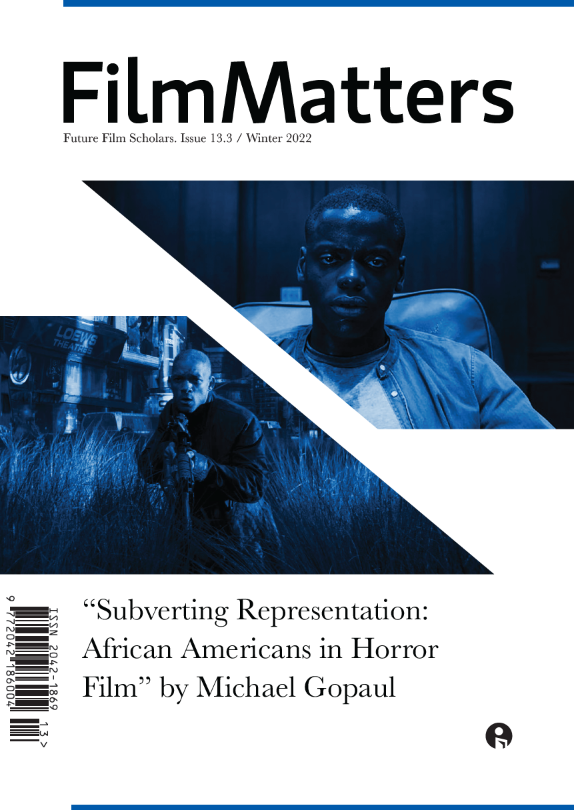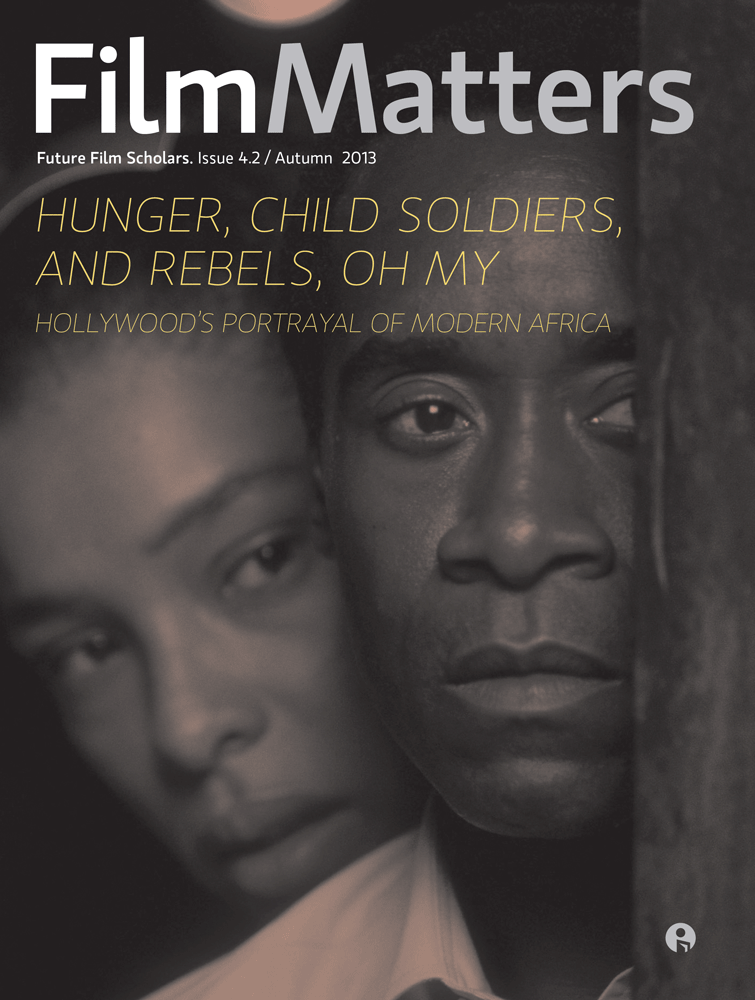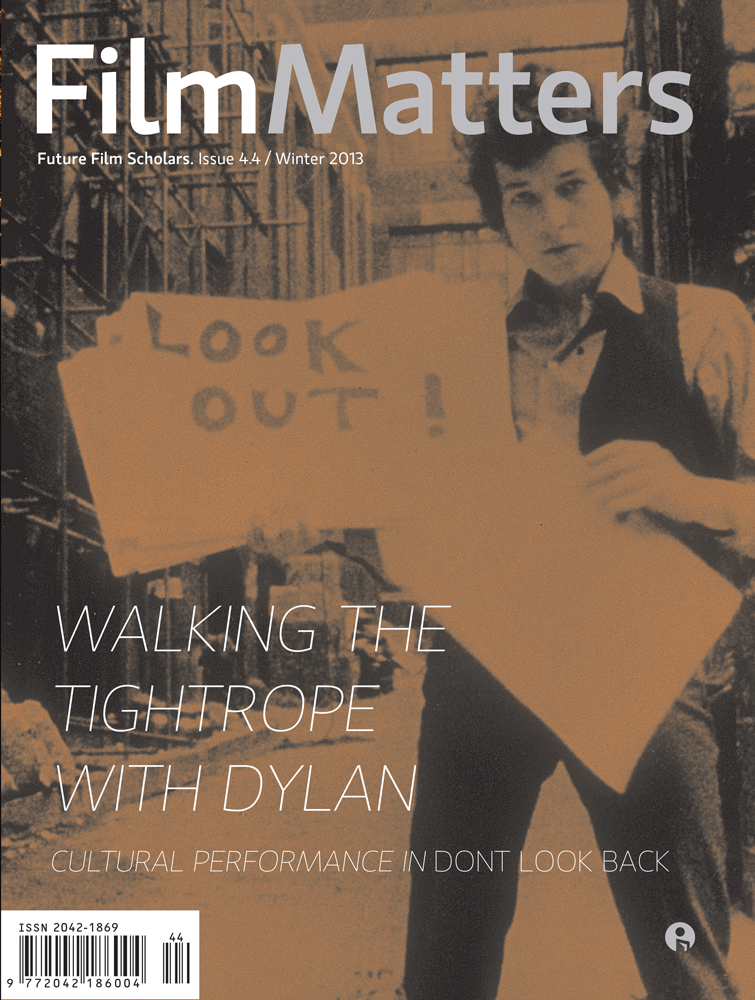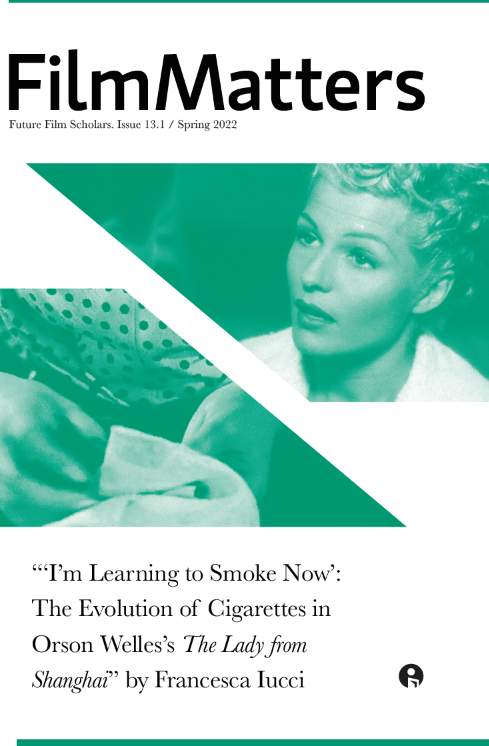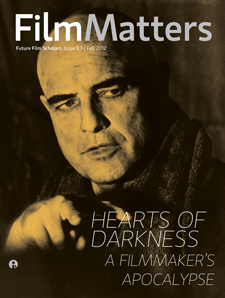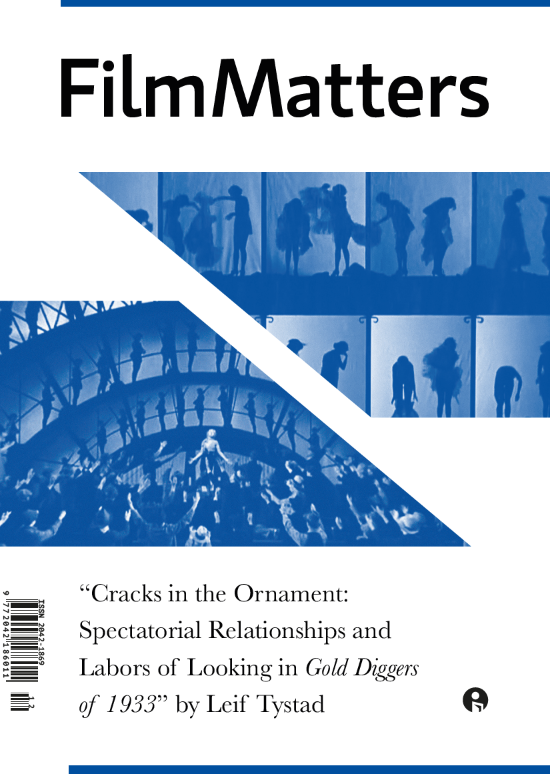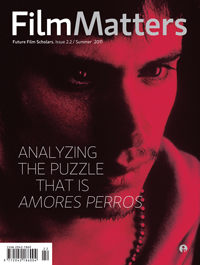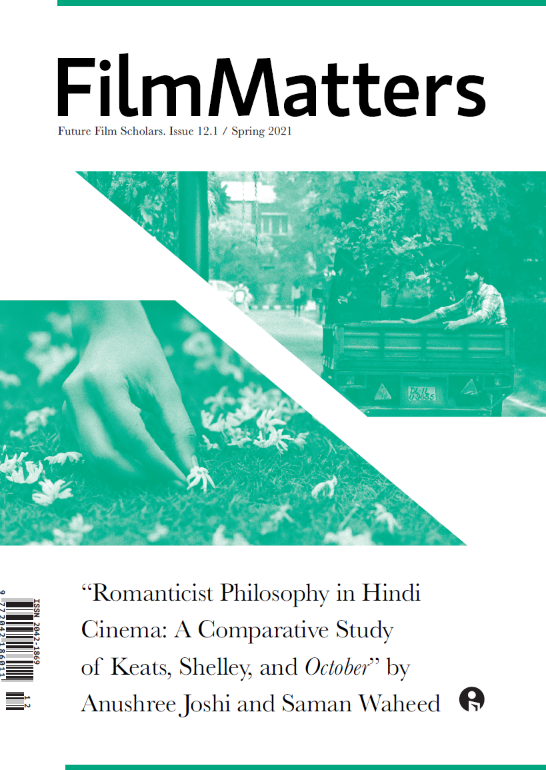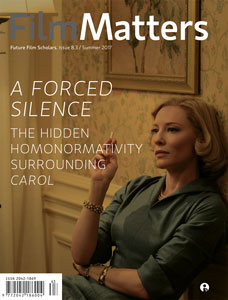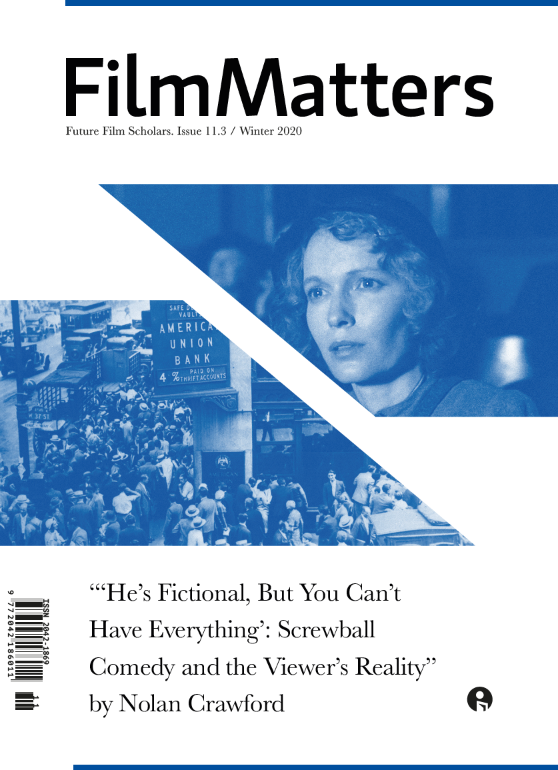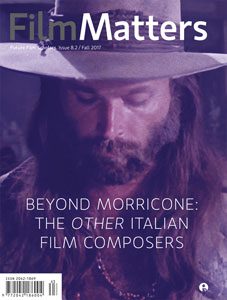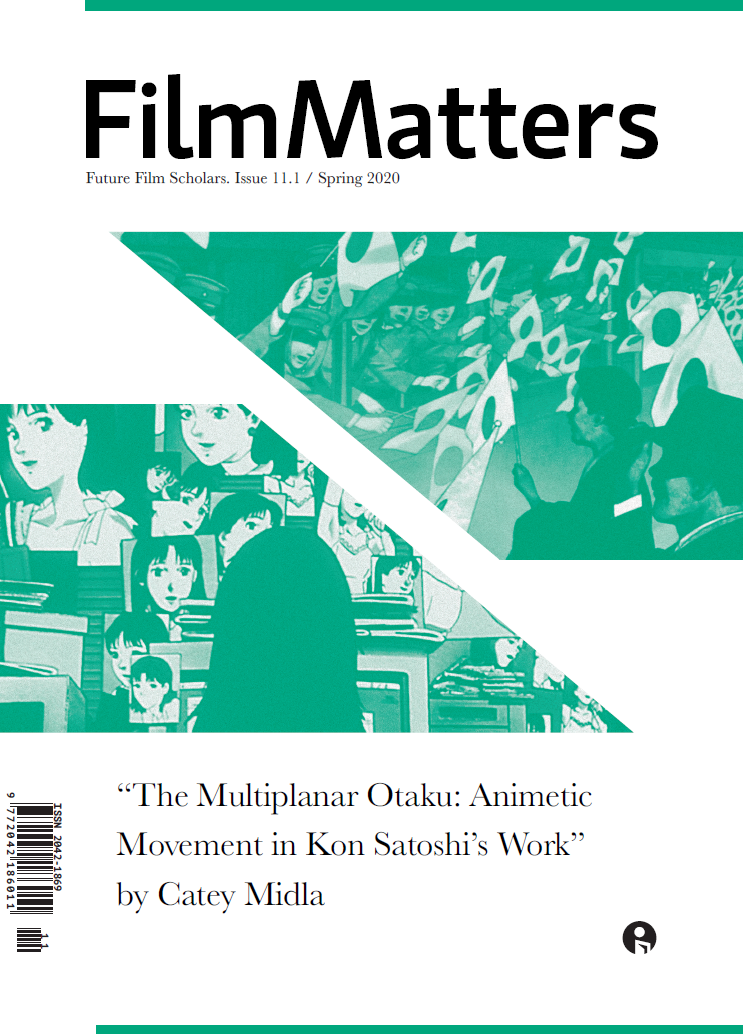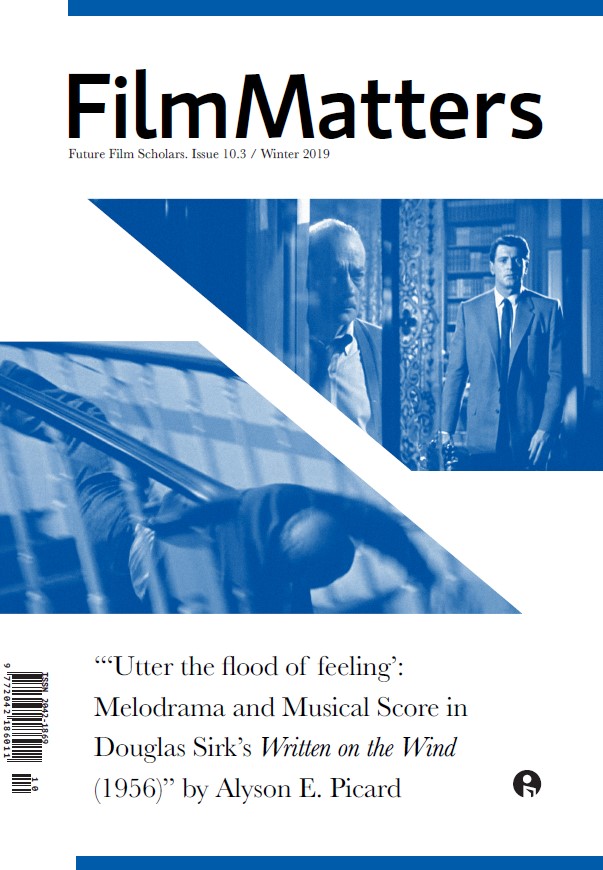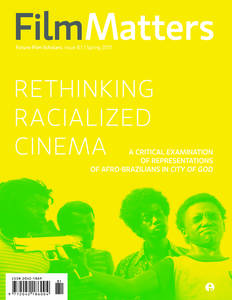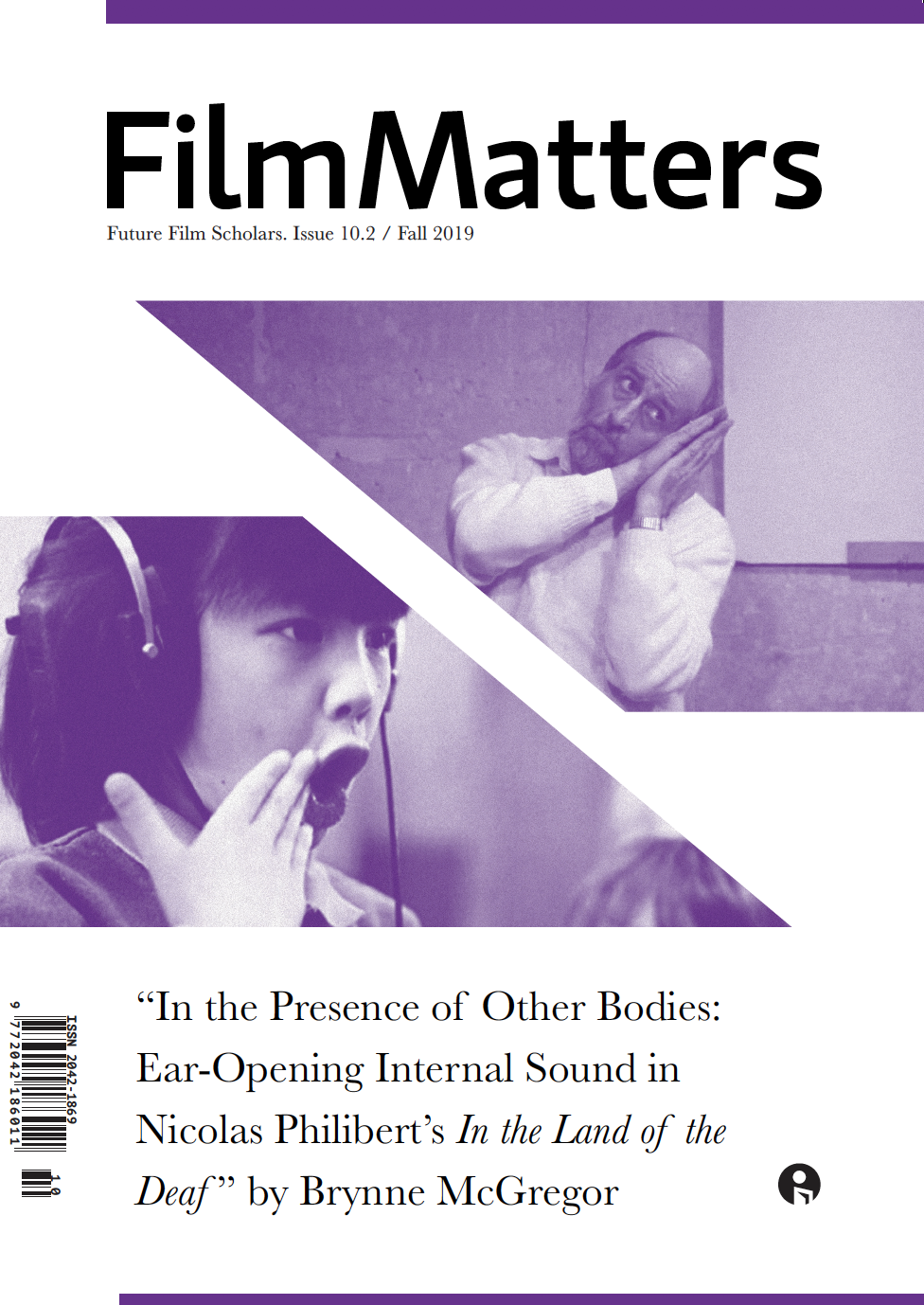In 2019, art blurred the lines between joy and sorrow. Ocean Vuong published his novel On Earth We’re Briefly Gorgeous, wondering if “sadness and happiness [could] be combined” to simplify life’s spectrum of mirth and misery so “you didn’t have to live on one side or the other” (94). In the same year, two critically acclaimed films answered that question with a resounding “yes.” Through their respective films, Little Women (2019) and The Farewell (2019), Greta Gerwig and Lulu Wang explore the multifaceted nature of sadness and happiness, coming from two vastly different perspectives to dissect the same premise. Both directors intertwine weddings with death — the happiest day of someone’s life with the saddest — to underscore the weight of leaving a given family for a chosen one and the painful loss of innocence that occurs when maturing.
The idea of the wedding contains an inherent exchange and loss — “giving yourself away to get the other,” as Mr. March (Bob Odenkirk) puts it — and this pattern occurs in various forms throughout both films (Gerwig 93). Jo’s world entirely fractures after the wedding — Amy (Florence Pugh) announces her plans to go to Europe and Meg (Emma Watson) leaves for her new home. In the nonlinear narrative, Jo’s loss of Beth leads to the loss of the rest of her sisters. Maturing produces the greatest survivable death, and Jo learns that, to grow older, she must bear the abstract anguish of time’s passing.
Little Women integrates marriage and death in a rapid cut: one second Jo (Saoirse Ronan) weeps at Beth’s (Eliza Scanlen) grave, and the next, she watches Beth through a window as she prepares for Meg’s wedding. This quick editing marries the subject matter of the two scenes and expands to the scene before — Beth’s recovery from scarlet fever. Despite the novel’s chronological narrative, Gerwig decides to “layer these two things on top of each other,” sandwiching a tragic end between two jubilant moments (Girish). The film travels backward in time, pairing “the emptiness of the grief” with “a beautiful day, full of flowers and sunlight” (Gerwig 91). When Gerwig combines the two scenes of illness with the scene of marriage, she insinuates that the wedding masquerades as a third death, with something heavier trapped beneath the glittering surface.
The film further emphasizes this connection through the parallel blocking of two women comforting each other. When Jo comes downstairs to find Beth, she sees her mother, Marmee (Laura Dern), sitting alone at the kitchen table. Jo takes her mother in her arms as she grieves, “comforting her mother, who is trapped in the unimaginable pain of losing a child” (Gerwig 91). Although Jo may not be older, she “becomes the parent,” learning from the experience of losing her childhood to become a comforting figure to her mother (Gerwig 91). The next scene mirrors this image with Jo replacing Marmee and Meg replacing Jo — Meg strokes Jo’s hair as she laments how she “can’t believe childhood is over” (Gerwig 93). Jo gains her experience in consoling by weathering the loss of “the magic of [her] liberated youth” as the first of her siblings leaves home (“Greta Gerwig Perfects”). Jo living with all of her sisters again feels like a permanent impossibility. Maturing into an adult causes Jo to grieve her innocence like Marmee grieves her child — precious, buoyant, and fleeting.
The film also conveys this connection through the cinematography, specifically the contrasting blue and yellow color grading. Shades of honey coat the scenes of childhood, while deep, muted blues drip through the scenes of adulthood. Traditionally, blue represents sadness and severity. However, yellow light floods the background of the burial scene in a visual sort of J-cut, hinting at the period of adolescence that comes after while displaying a tableau of mourning (Figure 1). The juxtaposition of the warm and cool colors as Gerwig entwines the funeral and the wedding furthers the bittersweet nature of aging, conveying how “moving forward [will never] be easy,” and how adult life contains more than one shade of sorrow or bliss (Zacharek).
The Farewell’s portrayal of a wedding reads more blatantly, as the entire premise bluntly links the two — the guise of a wedding covers the truth of a fatal disease. The plot constantly circles these two ideas, drawing closer and closer until the climax of the wedding. Unlike Little Women, the film dances around death. The film makes heavy use of dramatic irony, with Nai Nai (Zhao Shuzhen) addressing the wedding as “the big event” despite the viewer knowing the real reason they met (Wang, Screenplay of The Farewell 30). This playing up of the deep-rooted lie paints the rest of the family as the parents to an unwitting Nai Nai, highlighting how a wedding conceals a constant push-and-pull — giving a bride away to gain Nai Nai.
Just as Beth’s death forces Jo to act as a mother, Nai Nai’s illness forces Billi (Awkwafina) to act like an adult, to masquerade with the rest of her family attempting to numb the truth. Her incredulous behavior appears naive to her relatives — she plays catch-up to the emotional maturity they already learned. Her Uncle Haibin (Jiang Yongbo) reprimands her, and likewise the viewer, for wanting to tell the truth, “lectur[ing] to her like she’s a child” and reminding her that adulthood requires difficult, painful responsibilities (Wang, Screenplay of The Farewell 69). Shattering the illusion kills Nai Nai. The facade becomes the linchpin to keeping her alive.
As with Little Women, The Farewell’s cinematography also oozes hues of blue (Figure 2). In every scene, at least one trace of blue appears, tethering each moment to an inevitable despair. However, Little Women’s blue-gold contrast fails to appear in The Farewell, with the latter weighed down by more blue as it creeps closer to the wedding. The reception “echoes to the crack of crab claws and karaoke, but the heaviest noise is that of weeping,” with a disjointing sadness pervading the scene and a deep cerulean curtain backdropping the speeches (Lane). While the wedding appears “to deflect from the depressing situation,” the cinematography continuously steeps the scene in depression (DeBruge).
In the wedding scene, Aiko (Aoi Mizuhara) and Nai Nai wear blue as they sit at the table and play a drinking game — Nai Nai in her jacket, and Aiko in her wedding dress. The costuming binds the cancer patient with the newlywed. This combination furthers the solemn nature of a happy occasion and calls into question the unspoken loss that Aiko undergoes.
While the film mainly focuses on the potential loss of Nai Nai, Wang also highlights how “the immigrant is defined by loss” — how leaving another world through marriage mirrors the process of immigration (Hu). Marrying Hao Hao underscores Aiko’s immigrant status — she awkwardly stumbles through the drinking game and the speeches, thrust into a charade where she barely comprehends the actors. The wedding strips Aiko from her home in Japan and places her in a foreign country, despite her only dating Hao Hao for three months. The cancer forces her into a new stage of life, the marriage pushing her to shoulder the burden the rest of the family deems a responsibility.
Although Billi understands the language, she stands as a different kind of immigrant on foreign soil. As Billi attempts to process the impending loss of her grandmother, she also reckons with the loss of her childhood in China. She speeds past her old neighborhood even her grandmother “[doesn’t] recognize anymore” and longs for the life she left behind (Wang, Screenplay of The Farewell 67). Billi’s retrospective divorce from her homeland and severance from the people she knew haunt her, prompting the only loud, emotional outburst in Billi’s narrative as she mourns how “everyone was gone and suddenly it was just the three of us” (Wang, Screenplay of The Farewell 70). Giving oneself away to another life in America requires a split from the familiarity of China, a marriage in and of itself. Despite the outward benefits of assimilation, the outcome still produces “troubled, unsatisfied people,” highlighting immigration’s emotional complexities (Hu).
The subtle cruelty of how potentially losing Nai Nai reunites Billi with her family mirrors the give-and-take of the wedding. As Billi gives a speech at the wedding, she declares that “in America, [they] don’t have many family,” finding a blessing in the backward charade that finally reunited her family (Wang, Screenplay of The Farewell 77). The family walks out of the wedding “as a single unit,” joined in their mission to protect Nai Nai (Wang, Screenplay of The Farewell 83). Aiko marries to preserve the family. Billi dampens her prior way of thinking because she loves her grandmother. Wang’s connection of a wedding with fatality accentuates the various, inevitable depths of loss that occur within a family as they grow older.
While Little Women and The Farewell link marriage and death in differing manners, they arrive at the same promise — the joy outweighs the grief. Intertwining grief and joy to claim “there’s no bravery and ambition and scope once you’re an adult” stands entirely antithetical to the reality of growing older (Girish). Tinges of hope underscore these necessary sorrows — not out of sentimentality, but necessity. As Billie raises her voice to the skies and Jo oversees the birth of her novel, both heroines cherish memories from their past to keep moving forward in life. Each wedding holds armfuls of heartache, but happiness also coats these moments, infusing itself in the sadness. In This American Life, Wang describes the Chinese belief of chongxi, “that you can wash away a misfortune with joy” (Wang). Both heroines live in radical joy to accept their circumstances, with Billi invoking the “spirit of Nai Nai” to stop from “crumbling” and Jo continuing her writing in honor of Beth (Wang, Screenplay of The Farewell 89). Both films maintain a foundation on the multifaceted truth of grief — just as growing older mandates loss to mature, it also requires hope to survive.
References
Debruge, Peter. “Film Review: ‘The Farewell.’” Variety, 11 July 2019, variety.com/2019/film/festivals/the-farewell-review-awkwafina-1203117966/.
Gerwig, Greta. Screenplay of Little Women. Variety, https://variety.com/wp-content/uploads/2019/12/little-women-by-greta-gerwig.pdf.
Girish, Devika. “Life’s Work.” Film Comment, 7 Nov. 2019, www.filmcomment.com/article/lifes-work/.
“Greta Gerwig Perfects Her Cinematic Vision with Jo In ‘Little Women.’” IndieWire, 27 Apr. 2023, www.indiewire.com/features/general/greta-gerwig-jo-march-little-women-1202199159/.
Hu, Zoë. “Crazy Sad Asians.” The New Republic, 11 May 2021, newrepublic.com/article/154857/crazy-sad-asians.
Lane, Anthony. “‘The Farewell’ Mixes Mourning and Revelry.” The New Yorker, 12 July 2019, www.newyorker.com/magazine/2019/07/22/the-farewell-mixes-mourning-and-revelry.
Vuong, Ocean. On Earth We’re Briefly Gorgeous. Penguin Random House, 2019.
Wang, Lulu. “In Defense of Ignorance: What You Don’t Know.” This American Life, 22 Apr. 2016, https://www.thisamericanlife.org/585/in-defense-of-ignorance/act-one-8.
Wang, Lulu. Screenplay of The Farewell. Script Slug, https://assets.scriptslug.com/live/pdf/scripts/the-farewell-2019.pdf
Zacharek, Stephanie. “Little Women Is a Radical Act, with or Without the Oscars.” Time, 14 Jan. 2020, time.com/5764252/greta-gerwig-oscars-little-women/.
Author Biography
Alisha Tan is an undergraduate student at Georgia Tech studying Literature, Media, and Communication with a minor in Law. Her interests lie in video editing, the intersections of politics and film, and online pop culture.

